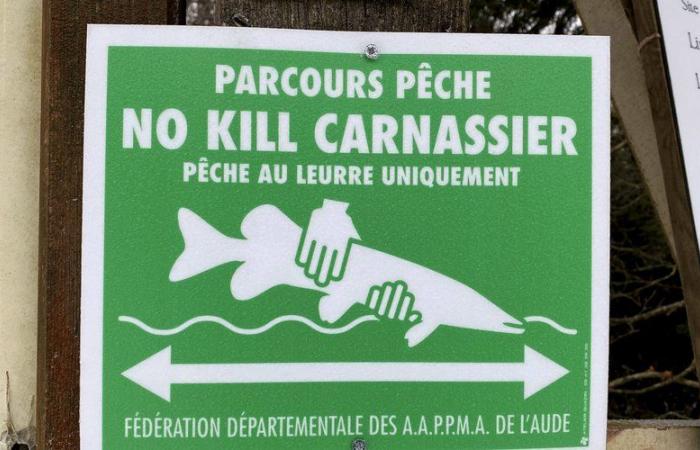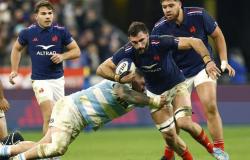A pioneer in France in the development of no-kill fishing for twenty years, the Haute-Vallée de l'Aude is recognized in Europe for this practice whose economic and tourist benefits are not negligible according to two studies carried out by the community of municipalities .
It is a tourist asset of Aude, not necessarily the best known and yet, according to two studies carried out by the community of Pyrénées Audoises communes, it provides more than a million economic benefits for the region.
This asset concerns the offer of no-kill fishing routes in Aude and more particularly in the Haute-Vallée as confirmed by David Fernandez, president of the Aude Federation for Fishing and Protection of the Aquatic Environment. “We launched the premises in 1995 in Campagne-sur-Aude. At that time, the planets were aligned. We had an unfavorable aquatic environment with a lot of sand, at the same time we had a lot of reserves where it was forbidden to fish, and the High Council for Fishing, today the National Office for Water and Aquatic Environments, wanted us to change practices by stopping the movement of fish. Faced with this situation, we made the choice. to transform these fishing reserves into no-kill courses where the principle is to release the fish that we have just caught”.
A long unexploited asset
This project will particularly appeal to fly fishermen who are always looking for new places and who are ready to travel hundreds of kilometers to discover this. “We quickly understood that these routes were factors in tourism development” adds David Fernandez. The first place opened in 2003 in Campagne-sur-Aude, then a second in 2005 in Axat then a third in 2008 in Quillan. “The public comes from all over France but also from Europe with for example the Spanish clientele who wish to fish for common grayling which does not exist in their waterways and which is sport fishing. We have succeeded in raising awareness the no-kill courses and the landscapes of these corners throughout Europe What is interesting is that they come to the department for the first time to fish and then they come back with family or friends.
A tourist development which required few financial resources apart from the installation of signage. “We naturally had an attractive product with preserved environments that we just had to promote in the right way. We were able to attract audiences who did not know the area”. An approach to qualitative tourism, twelve months of the year, which pleases the Tourism Development Agency.
Next step: advance no-kill fishing routes in the years to come but also encourage tourism professionals to listen to these audiences and respond to their fishing rhythm.
France






